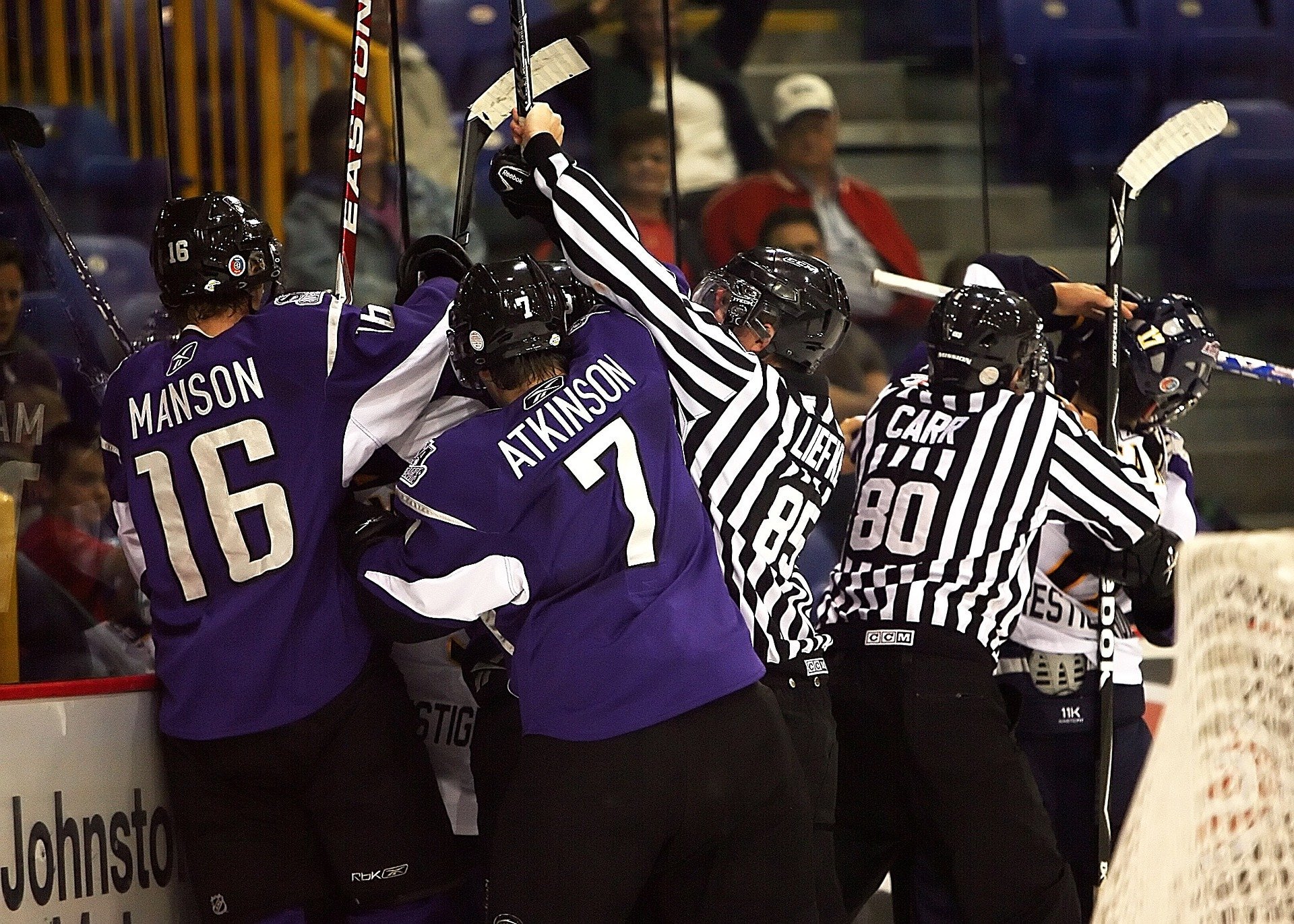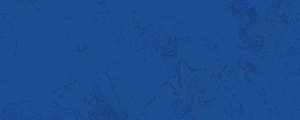
Rules Changes? What Rules Changes?
By Scott Lowe
MYHockeyRankings.com
USA Hockey only introduces rules changes once every four years. So, considering that the organization announced changes in 2017, it created a bit of a social media uproar when rumblings out of this past June’s Board of Directors meetings indicated that a rule had been established penalizing teams for banging the boards with their sticks.
As often happens with social media, the declaration by USA Hockey was taken out context, creating a sweeping negative reaction across all platforms – a reaction that was understandable when the statement was analyzed in a vacuum.
What surfaced on the internet was this: “A bench minor penalty for unsportsmanlike conduct shall be assessed to any team whose players or team members commit the following actions while on the players bench: Banging the boards with a stick or other object, including skates or arms, at any time, including after a body check regardless of whether the check is being penalized.”
This passage created a firestorm on Twitter, Facebook, Reddit and message boards everywhere. USA Hockey was called “The Fun Police,” and one website even created a petition and tried to get 75,000 signatures denouncing the “new rule.” On the face of it, the fact that the rule states a call can be made at “any time” with no other context does seem a tad extreme. I mean, what’s wrong with a team celebrating a great save, a goal or a blocked shot by banging its sticks against the boards?
But what was conveniently left out of the social media posts was that this wasn’t a new rule at all, but instead was a clarification and a point of emphasis that was included in a document called, “USA Hockey Declaration of Player Safety, Fair Play and Respect.” This document was created by the USA Hockey Board of Directors in hopes that it “will encourage a change in culture as to what is considered to be acceptable/unacceptable body checking and competitive contact at all levels of the game.”
The main intent of the declaration was to emphasize that the point of body contact is to gain better position when trying to gain possession of the puck or to separate the puck from the player possessing it and not to just blow an opponent up or as a means of intimidation. Its goal was to re-emphasize to USA Hockey on-ice officials that late hits, head shots of any kind (including punches to the head or face after the whistle), hits from behind and unnecessarily violent hits have no place in the game and should not be celebrated. Thus, the language “including after a body check” was added to the rule as a point of emphasis. Apparently there was no intent on the part of USA Hockey to remove good-natured and celebratory board banging from the sport.
“I think they want it called when there is a really big hit that could potentially injure a player or any big hit in open ice or along the boards,” USA Hockey referee Brent Kendall said. “USA Hockey is saying that it’s not a good idea to cheer that kind of stuff.”
While that may seem a tad picky to some, it makes sense within the context of the overall declaration and USA Hockey’s attempt to rid the game of more violent and intimidating hits that are not solely executed for the purpose of gaining possession or separating the puck from the puck carrier. This is not a new rule, but instead one that is being emphasized now in terms of players celebrating body checks and as part of a document intended to make the game safer at all levels.
According to a USA Hockey press release promoting the Declaration of Player Safety, Fair Play and Respect, “The Board’s action makes clear that a body check must be an attempt to win possession of the puck and not an effort to punish or intimidate. Further, USA Hockey is committed to a culture where there are: 1) no late hits 2) no hits to the head and 3) no checking from behind.”
Said Jim Smith, president of USA Hockey: “This declaration was a collaborative effort of the leaders involved with safety, youth hockey, coaching and officiating and is a blueprint for shifting the mindset of body checking in youth hockey. It is imperative that we make some significant changes, and this document outlines what way forward.”
The document describes situations such as competitive contact in which players are leaning on each other or otherwise battling with the sole intent of gaining possession of the puck, angling puck carriers into small areas to gain a defensive advantage and even collisions caused by a player trying to maintain possession of the puck as acceptable examples of body contact.
A legal body check is described as “intentional physical contact, from the front, diagonally from the front or straight from the side” in which the main objective is to gain possession of the puck and not to “punish or intimidate.” The declaration goes on to say that legal body checking must be done using primarily the hips and shoulders with the principal points of contact being above the opponent’s knees and below the shoulders.
While understanding the emphasis on safety and eliminating dangerous or intimidating hits, Kendall said it’s not always black and white to an official during a game.
“The thing with separating a guy from the puck is that every official sees it differently,” he said. “Some will make a call automatically by the book no matter what. I don’t see how it always can be called consistently, though. Someone getting hit while off balance could look way worse than it really is.”
Certainly one official will see things a little differently than the next, and games are officiated differently from one age group to the next and at different levels of play. The hope is that the USA Hockey’s directive will at least serve as a reminder to officials to take a harder look at plays that may not be within the spirit of the rules of the sport and hopefully create a safer playing environment across all age groups and skill levels.
USA Hockey wasn’t the only governing body clarifying its rules this offseason. In the wake of some controversial, game-changing calls in the NHL Playoffs, the National Hockey League has taken steps to potentially eliminate similar situations in the future. Here is a summary of some of the procedural changes you will see during the 2019-20 season:
Coach’s Challenges
A third category of coach’s challenges has been added in addition to the challenges available for offsides and goalie interference. Coaches now may challenge goal calls on the ice that occur after a play that takes place in the offensive zone that should have resulted in a whistle.
Remember the San Jose Sharks’ overtime hand-pass goal?
The Blues were not allowed to challenge that play previously, but now as long as the puck never leaves the offensive zone after the infraction (hand pass, puck played with a high stick, etc.), a resulting goal can be subject to a video challenge. Other situations that might be challenged include pucks hitting spectator netting and otherwise sent out of play without a play stoppage. Plays that are considered “discretionary stoppages,” such as missed penalty calls, cannot be challenged.
Penalties for Unsuccessful Challenges
Challenges are no longer limited to the number of team timeouts each team has, but instead will be subject to penalties of increasing severity for each incorrect challenge. Teams may ask for a coach’s challenge at any time with the following penalties for each successive incorrect challenge: 1) minor penalty for delay of game 2) double-minor penalty for delay of game for each additional unsuccessful challenge. The Toronto “Situation Room” will still be responsible for initiating any challenges in the final minute of regulation and overtime and will have the final say on all coach’s challenges with input from the game’s on-ice officials and a former on-ice official stationed in the “Situation Room.”
Major & Match Penalty Penalties & Double-Minor High Sticking Calls
Remember the third-period major penalty that led to the Sharks’ unforgettable comeback win against the Golden Knights? Yeah, so does Vegas.
A call that everyone assumed was correct based on the severity of the injuries to contacted player Joe Pavelski, proved to be horribly wrong when viewed via instant replay. This rule is intended to prevent similar situations in the future. Officials will not be able to remove the penalty altogether, but they can reduce its severity. The review will be conducted on the ice by the game officials with all available video feeds and replays at their disposal. They will not consult with the “Situation Room.”
Refs also will have the ability to review double minors for high sticking in an effort to confirm the original call and be certain that the stick that caused the injury was actually the stick of the player receiving the penalty and not the injured player’s or one of his teammates’ sticks.
Other Changes
There are some other NHL rules changes that will be less noticeable, such as players who lose their helmets having to leave the ice immediately or to skate directly to their helmet and put it back on without diverting their path to play the puck or make another hockey play. A player carrying the puck when he loses his helmet will be allowed to finish the play he is in the process of making before having to leave the ice or track down the helmet. Failure to comply is a minor penalty. A player who intentionally removes an opponent’s helmet during the course of play will be assessed a minor penalty as well.
The defensive team will not be allowed to make a line change when the goalie freezes the puck on a shot that originated from the opposite side of the center ice red line. Also, no line change will be permitted by the defensive-zone team if it is responsible for knocking the goal off of its pegs. In both cases the offensive-zone team can choose which dot is used for the faceoff. Likewise, the offensive-zone team will be able to choose the faceoff dot following an icing or at the beginning of any power play.
If the goalie is deemed to have displaced the goal intentionally during the course of a breakaway, a goal will be awarded to the opposing team, and any time a puck is directed out of play by the attacking team in the attacking zone, the faceoff still will take place in the offensive zone.
Got it? Let’s get ready for some hockey!

